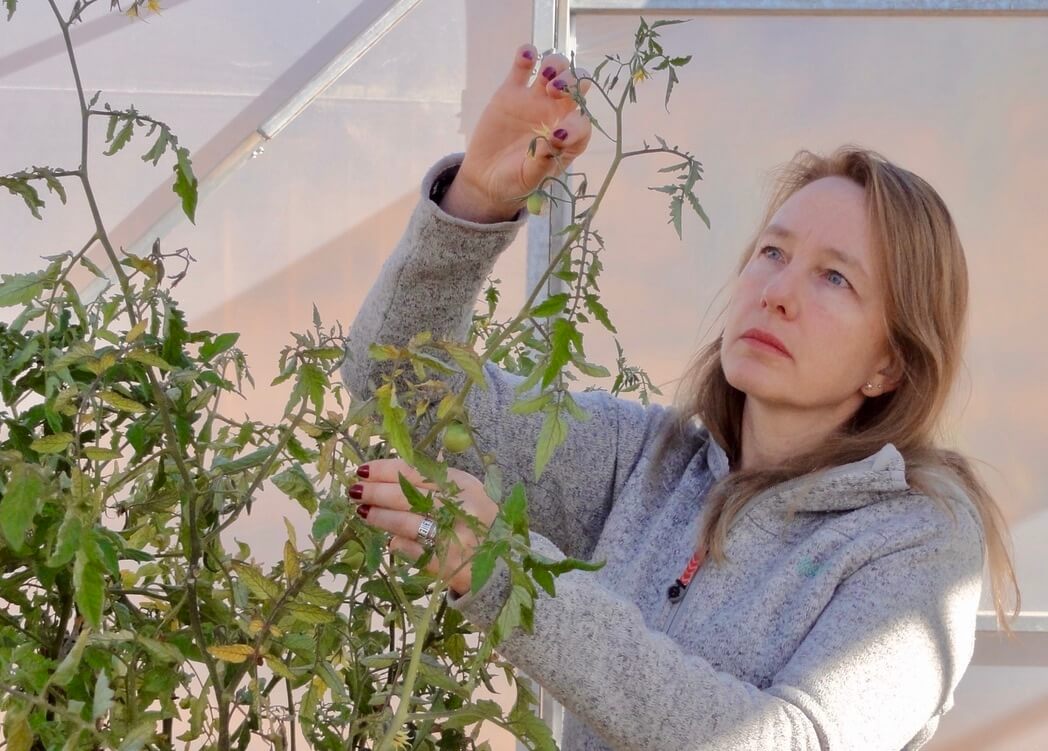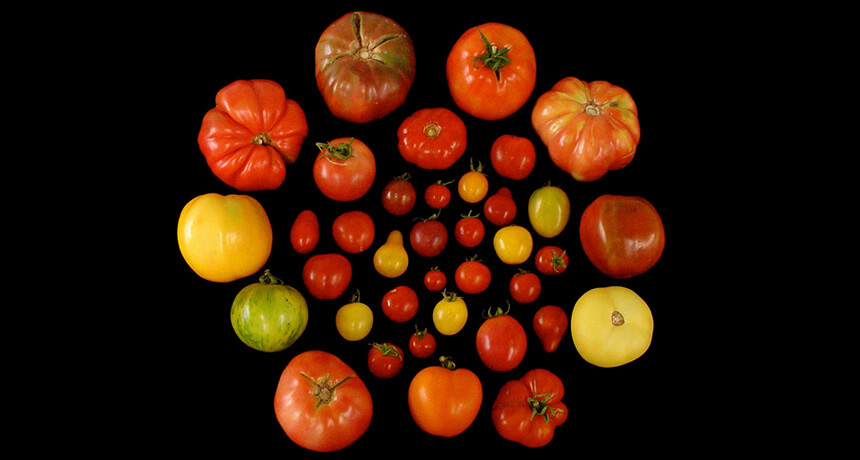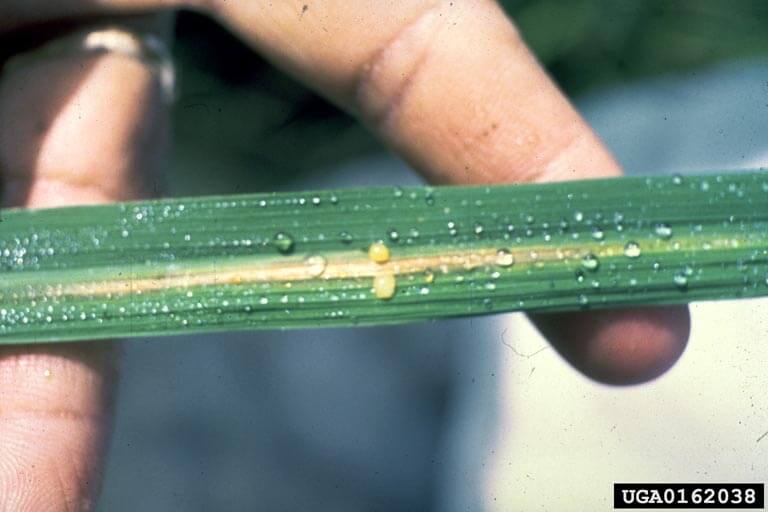In recent years, precision biotechnologies have appeared on the Latin American horizon, introducing new ways to modify genomes affordably easily and precisely. Latin America has become an area that welcomes gene-edited crops in most of its territories. Researchers are developing tropical products for local use.
Regulatory frameworks that may facilitate biotechnology adoption and investment in the region, making a strong difference with GMOs and transgenics, which took a long time to achieve adoption in key countries as Brazil and Argentina. However, even GM was accepted so that now both nations rank in the top five GM-cultivating countries.
The regulatory frameworks to cover gene-edited crops are not the only efforts made to facilitate adoption in Latin America. There has also been a move to harmonize regulations concerning NBTs (New Breeding Techniques) products in Latin America. In 2017, ministers of agriculture from Argentina, Brazil, Chile, Paraguay, and Uruguay signed a declaration on NBTs that specifically recognizes and strives to reduce inconsistent approvals across the region. In the last five years, eight out of 12 Latin American countries have drafted documents for this purpose and allowed case-by-case assessments of NBT-generated crops. This provides opportunities for certain gene-edited products to be excluded from strict regulation — by employing precise, yet affordable genome editing techniques, new genome-edited crops are entering legal commercialization.
Latin American countries which currently dominate in cultivating and exporting GM crops are quickly recognizing different types of gene-edited products by comparing the products to conventionally bred varieties.
As a result of this political will and advances in NBT regulation, research centers from the region invested resources to research and development of gene-edited crops specially designed for Latin American fields and consumers. Here is a summary of the most important Latin American countries that have invested in gene-edited crops for domestic and regional use.
Gene-edited crops for Latin American fields and consumers
Chile
In 2017 Chile became the second country in the world to implement a regulatory approach for plant products obtained through NBTs. Since, the country’s public institutions are developing a range of gene-edited crops as a response to the serious climatic effects the country is experiencing. These crops are bred with benefits such as tolerance to drought or salinity.
For example, Claudia Stange Klein, a researcher from the University of Chile, is leading a team to develop using CRISPR tomato and kiwi rootstocks tolerant to drought and saline soils. One of the initial focuses of Stange Klein’s project is to generate new varieties of tomatoes and kiwis using CRISPR. In the case of tomatoes, a native Chilean variety named “Pocho Negro” which has high resistance to salinity and the effect of heavy metals, characteristics that was selected to possibly improve tomato 7742, the most produced and commercialized variety in Chile.

Regarding kiwis, Stange Klein is seeking to increase tolerance to salinity and drought of varieties used as rootstocks, and to improve the productivity of commercial Hayward kiwi plants (the third most-exported variety in Chile).
Stange Klein declared that:
Through this project, we seek to contribute to a sustainable agriculture… gene editing tools will allow us to obtain kiwis and tomatoes that will require less water, and be able to adapt to conditions generated by drought and increased salinity.
Stange Klein’s laboratory is also conducting research that seeks to develop apples edited with CRISPR that achieve higher levels of beta-carotene and reduce browning produced by cutting the fruit. she noted:
This new apple variety has a more attractive coloration, is more nutritious and does not rush when its cut. A new Chilean variety resistant to climate change presents a new opportunity for export and consumption at a global level.
Additionally, the INIA (Instituto de Investigaciones Agropecuarias), the main agricultural research institution in Chile, is investing in develop gene-edited rice and potato to study yield genes and susceptibility to pathogens, as well as the development of gene-edited potato lines that don’t present induced sweetening under cold storage.
Brazil
Researchers from the Federal University of Vicosa and the University of Sao Paulo in Brazil have created a variety of tomatoes using a wild-type plant as a basis. Through CRISPR they developed a new variety that yields 10 times the number of fruits The fruits are also bigger and have levels of antioxidants at least five times higher than conventional varieties.

Colombia
The International Rice Research Institute (IRRI), based in the Philippines, in partnership with the International Center of Tropical Agriculture (CIAT) based in Palmira, Colombia, has develops gene-edited rice that already received authorizations (and is considered conventional rice) by US and Colombian authorities. This rice is resistant to bacterial blight disease and was obtained through the CRISPR-Cas9 gene-editing technique. Regulatory bodies concluded that this new rice was not a transgenic and that it can be regulated as a conventional crop obtained by conventional techniques.
Regarding this decision, Paul Chavarriaga, lead scientist from the Genetic Transformation Platform of the Biodiversity Alliance (CIAT) declared that:
This decision encourages researchers in Colombia and the region to see that the possibilities of a (gene-edited) product are more real and that they do not have to face the strict regulation as it happens with transgenics.
This new rice variety will help farmers since a bacterial blight caused by Xanthomonas oryzae pv. oryzae was classified as one of the most serious bacterial diseases in rice, with the highest social impact due to Oryza the fact that if not detected in time it can mean the loss of up to 75% of the harvest.

With this and other products, Colombia joins the leading Latin American nations to bring innovation into the region. Maria Andrea Uscategui, executive director of Agro-Bio, declared “Colombia has the advantage over other countries that lack a regulatory framework to be able to evaluate this type of innovating technologies, and also has the scientific capacity to develop them.”
In addition to this gene-edited rice, the International Center for Tropical Agriculture is being recognized for being a pioneer and leader in developing new crop varieties., Now, by using gene-editing techniques the Center is creating new gene-edited crops of domestic and regional interest, such as cassava, beans, and cocoa.
Argentina
The National Institute of Agricultural Technology (INTA) has made important advances in gene-editing applied to potatoes and milk. Researchers there found that the amount of antioxidants in the tuber can be altered and potato storage capacity at low temperatures can be improved. This situation today represents a serious problem in Argentinian industry. The head of INTA said that by using gene-editing, farmers and producers will be more productive and efficient in the use of water and other resources.
In parallel, advances in cattle genetics have been made so the milk they produce does not affect allergy sufferers. According to INTA, “We are turning off genes that give milk allergic properties that today affect 5% of the population. Currently we are a very advanced stage and probably next winter we will have the first gene-edited calves in South America.”
Latin Americans as potential leaders to face climate change
Researchers from Latin America are especially paying attention to local and regional varieties of crops that face changes derived from climate change effects already present in the region. This work is important because farmers urgently need seeds that can resist the effects of climate change, and efforts made from Latin American scientists can be replicated by researchers in the southern hemisphere to increase responses to specific needs and challenges of their region.
Currently, onerous regulation for transgenic biotech crops remains the principal constraint to adoption. Of particular importance for many developing countries, NBTs such as CRISPR-Cas9 might be easier to approve through science-based, balanced, and appropriate regulation. Difficult and costly regulations are denying poor farmers in developing countries access to technologies. But by using these new tools, small-scale poor farmers will be able to survive and contribute to the doubling of food production to meet the needs of a growing population. In addition, gene editing could drive further innovation and “democratization” of agricultural biotechnology. This can lead to increased productivity and economic development, and most importantly a new tool in the toolbox available to farmers facing climate change not only in Latin America but also in the world.
Luis Ventura is a biologist with expertise in biotechnology, biosafety and science communication, born and raised in a small town near Mexico City. He is a Plant Genetic Resources International Platform Fellow at the Swedish University of Agricultural Sciences. Follow him on Twitter @luisventura































